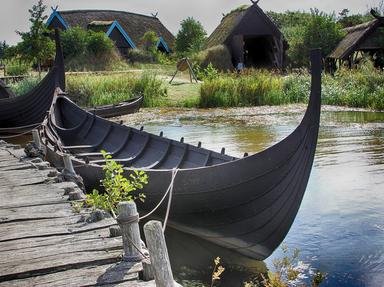Quiz Answer Key and Fun Facts
1. Although the Varangian Guard eventually consisted of Vikings from all over Scandinavia, which group comprised the majority of the original guardsmen?
2. The Varangian Guard served which of the following medieval rulers?
3. What was the first step a Viking warrior would have to take in order to become a member of the Varangian Guard?
4. Which of the following cities served as the base for the Varangian Guards?
5. Members of the Varangian Guard were skilled in the use of many different types of armaments, but which of the following would be their typical weapon of choice?
6. Members of the Varangian Guard were commonly known by what nickname?
7. Many sources stress that the Varangian Guard was compromised of mercenaries, professional soldiers who fought for pay. What attribute is given to a member of the Guard, which usually is NOT given to the typical mercenary?
8. Which of the following famous Vikings distinguished himself as a member of the Varangian Guard?
9. Which of the following events marked the beginning of the end of the group known as the Varangian Guard?
10. The Varangian Guard was the longest-serving mercenary group in history.
Source: Author
ponycargirl
This quiz was reviewed by FunTrivia editor
bloomsby before going online.
Any errors found in FunTrivia content are routinely corrected through our feedback system.

